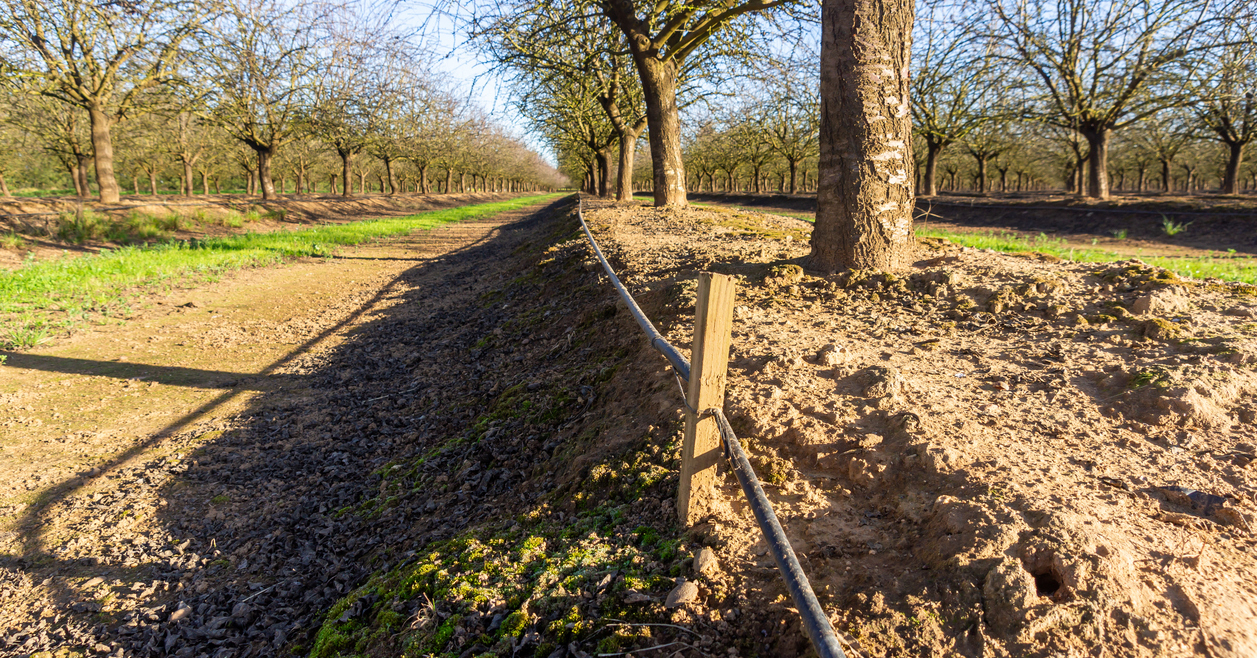How to Choose the Best Trees for Your Yard
If you have open space and you’re looking to enhance your property, we’d argue that there’s no better way to do so than by planting new trees. Yet, with roughly 73,000 known species to choose from, deciding on the right tree can be a little daunting. Here, we help you narrow down your options to find the right one in just a few steps.
Stay in the Zone
First and foremost, you’ll want to consider which tree species can not only survive in your location, but will actually thrive. Your USDA Plant Hardiness Zone is a great place to start. This will help you pinpoint which species are best-suited to reach their potential based on factors like weather patterns and soil in your region.
Georgia has four zones, along with specific tree species that perform best in each:
- 7b: Green Giant arborvitae, Murray cypress, and white dogwoods
- 8 (a and b): Pine trees, juniper trees, sassafras, weeping willows, and dogwoods
- 9a: American sycamore, silver maple, sassafras, and peach trees
Know Your Native Species
After narrowing things down based on your zone, you can go a step further by considering native tree species. A tree that’s native to your area will already have everything it needs to do well in its environment. Native species also tend to produce more fruit, flowers, or overall healthy growth. For Georgia, popular native varieties include magnolias, red maples, cherry trees, dogwoods, Southern magnolias, and American hollies.
Think About Placement
With your shortened list, you can now start weighing where and what you’ll be planting. For starters, steer clear of any obstructions, like utility lines, sidewalks, driveways, and nearby structures. Remember: root systems can spread as wide as a tree’s canopy!
Next, think about what you’re hoping to achieve in your selected planting zone. Here are some common goals when considering the best trees for yards in residential areas.
- Privacy: Arborvitaes, pine, and spruce trees are conifers known for their ability to provide privacy. Creating a screen-like effect, they’re well-suited for sectioning off clearings between two yards. Just be sure to keep your trees well away from any property lines — neighbor disputes are not the goal here!
- Shade: Situating trees near the southwest corner of your house will offer the most shade on summer days. You’ll want to select a species that produces an ample canopy as it matures. Oaks and maples are known for throwing shade (in a good way).
- Aesthetics: If your only goal is to beautify your property, there are dozens of varieties to choose from. Ornamental trees produce stunning blooms in the spring and eye-catching autumn leaves. The flowering dogwood is a standout option, with spring blossoms, bountiful summer leaves, and red fall foliage.
Consider Upkeep
A final but important consideration for your tree selection is maintenance, and what you can realistically keep up with. Most species will require some tree pruning to encourage healthy growth and shaping as they mature, while others may call for more frequent tree trimming and attention. While there’s no argument that willow trees are gorgeous, for instance, they need a lot of water to grow, and their aggressive root system can spell trouble for landscapers. Fruit-bearing trees may also require more pruning, since they can draw quite a crowd of pests when left unattended. In general, arborvitaes, Japanese maples, and American hollies are solid choices for hassle-free trees.
Choose the Best Trees for Your Yard With Premier Tree Solutions
Whether you’re looking for professional advice for planting new trees, or the ones you already have need some maintenance, Premier Tree Solutions can help. Set up an appointment with our team by calling (404) 252-6448, or request a consultation online.







